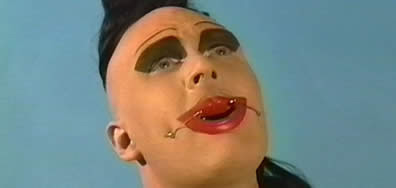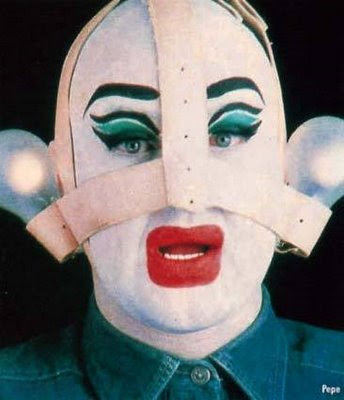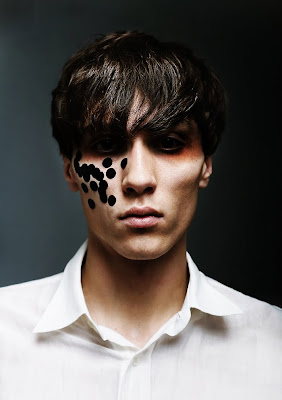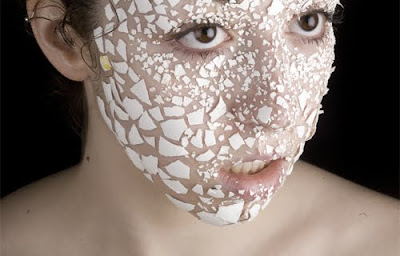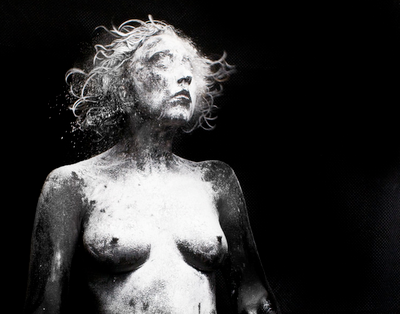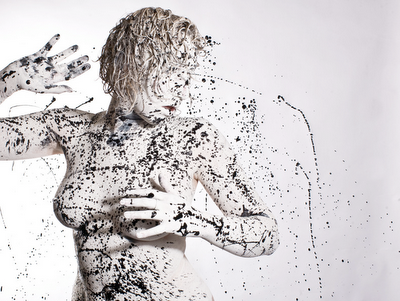
Alex Box

Pat Mcgrath at Dior

Alex Box
February Vogue UK is always an interesting mix of articles, on the one hand there is the new New Season, new collections to look forward to unveiling, on the other hand there is the hangover from Christmas, where we readers despair about our weight, our wardrobe and our bank balance. However the Editor's Letter by Alexander Shulman signalled something that is beginning to stir in the minds of the fashion consumer, the trend of the return to make-up. She says,
"Of course, make-up has forever been part of a woman's arsenal, but the enthusiasm for high-voltage, in your face details, such as eye-lash extensions and sweeping eyeliner, carmine-red lips and green nails, is new. Forget about doing either the eyes or the lips - it's pile-it-on time now. No longer is make-up about looking natural; now it's about the more-embellished-and-obvious-the-better..."
In an article later in the magazine, aptly titled 'The Return To Make-Up', Lisa Armstrong identifies women who now find the use of make-up 'liberating', and have a sense of 'experimental abandon' not found within their wardrobe choices. She quotes Terry Barber, director of make-up artistry at MAC,
"In this country, make-up trends often start as working class reactionary movements - whether it's glam rock or punk, make-up is a statement as much as a beautifier."
He also mentions that "Technology has moved on so much" and that the "whole process is just much easier and more mischievous". Barber might be referring to improving on the image of perfection, but it serves to highlight general attitudes to how we see the face. It has become the new playground, one where we can choose to examine how we portray identity in much the same way the fashion deconstructionists choose to create deconstructed clothes that are meant to be discomforting, even jarring, to behold.


